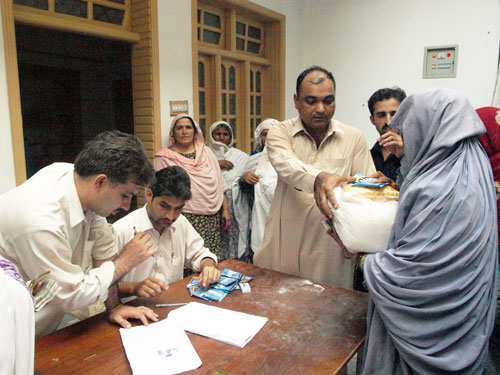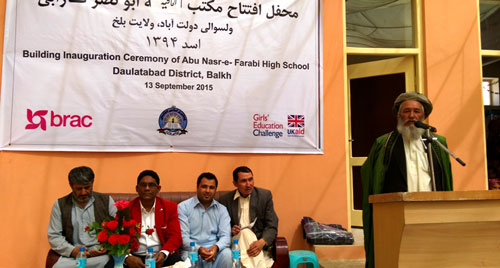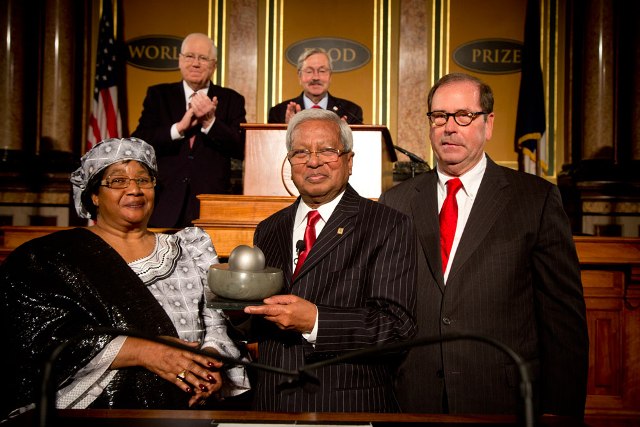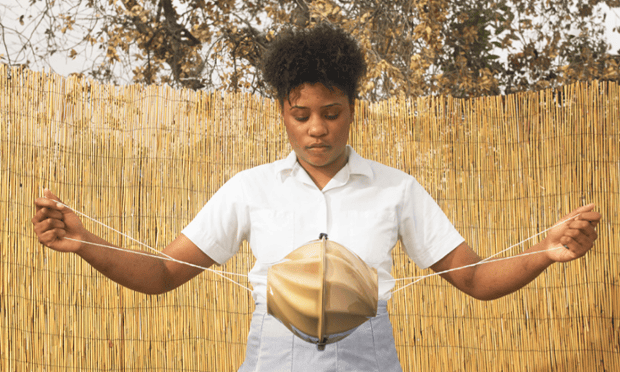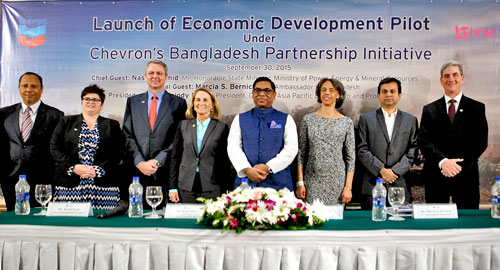By Maria A. May, special to Humanosphere
Earlier this summer I wrote a response to the constant attacks from microfinance haters that are trending this year. It was a nice surprise to see that a piece referencing Taylor Swift could be taken seriously!
Obviously the hardcore haters are a small minority. More frequently I encounter the more moderate “post-microfinancists”: people who staunchly supported microfinance in the 1980s or 1990s but now consider it obsolete. Many of us left in the market find ourselves constantly having to argue that we’re not being left behind, focusing on the new innovations we’re trying instead of the model that accounts for most of our portfolio.
It wasn’t always this way. At one point microfinance was seen as almost a silver bullet of poverty elimination. Its popularity probably peaked around 2006 when Mohammad Yunus and Grameen Bank won the Nobel Peace Prize. His work in Bangladesh, on which BRAC drew substantially in its development of a microfinance model, inspired widespread adoption globally of a group-based model accessing savings facilities and small loans with a repayment of small, consistent installments on a weekly basis.
But in the age of mobile money, many question whether this type of standard loan, with proper regulation and safeguards, continues to provide a valuable financial service to poor people. While there is scope for improvement, many of the most common critiques from the post-microfinancists have flawed assumptions.
Here are three that I hope we can reexamine:
“Microfinance is too rigid to meet the needs of the poor.”
One of the factors of the sector’s success to date is the traditional simplicity of the product design: for example, a one-year loan with weekly installments of equal amounts. It’s a product that clients can understand and plan around. There’s virtually no fine print “terms and conditions.” It’s the same year after year. Regular, frequent repayments also create a sense of discipline and typically minimize the burden on a family’s consumption.
Many institutions, BRAC included, are thinking about ways to better segment clients and customize to their needs, but it’s often harder than it looks. As demonstrated by financial diaries, the poor often combine a number of financial instruments, formal and informal, to manage their money. Many have developed innovative strategies to smooth their incomes. For example, in Bangladesh it is very common for tenant farmers to also cultivate vegetable gardens or poultry and livestock, which offer a steady stream of income to supplement the seasonal harvest. Efforts to customize payment schedules around cash flows are often rejected by clients, who find it easier to deal with constant small payments than arguably better-timed big ones.
“We need to move from microfinance to pro-poor financial models.”
What does pro-poor mean, if not empowering people through more opportunity, ability to improve their financial situation, and minimize vulnerability to outside shocks? By these standards, microfinance is a powerful tool because people can apply it in so many ways. Because people understand the basic product, they can become sophisticated users, able to mold the product to their own pressing needs. Clients may take their first loan or two to invest in their business, but often their third or fourth loan goes towards other purposes, such as repairing their house, financing a household solar system, or buying a fridge. There are creative uses that we see too: people take loans to pay off their higher-interest debt with local informal money lenders. Loans for medical emergencies, to cover school fees, or even just to smooth consumption when times are tough. Part of the beauty of the standard microfinance loan product is that it’s reliable and quickly disbursed, so people can breathe easier knowing that they have access if they need it.
“We should be focusing on other types of financial products, like savings and insurance, instead of loans.”
Savings is very important and an area where access needs to be expanded greatly. As I point out in my earlier piece, in many markets regulators limit the ability of microfinance providers to accept deposits. But at the same time, we should acknowledge that most households globally have financial needs that can’t be met by solely by withdrawing savings.
Insurance in most emerging markets remains nascent. Across agriculture, emergency, and health, efforts to date have either proved to be financially unsustainable or to have very low levels of uptake. Many are excited about mobile platforms as a tool for increasing insurance penetration, but the evidence of any impact is yet to be seen. Insurance is a bit more complex than a loan and new to many poor households, so the education and support components will need to be significant for households to utilize it effectively. Consumer protection and good regulation on insurance may also take some time.
Bottom line: there remains a substantial need for credit, and thus far it has proven to be the most scalable and sustainable product in many microfinance markets.
Tweaking the model versus starting from scratch
There’s plenty of scope for improvement in microfinance. As the head of research and development unit for the BRAC microfinance programme, I’m constantly thinking about how to better understand our clients’ financial lives and offer savings, credit and even insurance that meet their needs. And I’m very proud of some of the pilots that my team is running, including an innovative medical treatment loan and popular credit shielding product. In the next few months we’ll be testing out several new benefits for loyal clients, including more flexible repayment and pre-approval for emergency loans.
As providers, we can work on creating better tools, but making gains in financial inclusion is more about providing a few thoughtful, simple products than a overflowing marketplace of options. When provided responsibly, with adequate information, they can offer poor households financial flexibility and support, very important dimensions of empowerment.
 Maria A. Mayis the senior program manager for the BRAC Social Innovation Laband also oversees research and development for the BRAC Microfinance Programme. She is based in Dhaka, Bangladesh. She co-wrote Making Tuberculosis History: Community-based Solutions for Millions and regularly blogs on 59minutedevelopment.blogspot.com.
Maria A. Mayis the senior program manager for the BRAC Social Innovation Laband also oversees research and development for the BRAC Microfinance Programme. She is based in Dhaka, Bangladesh. She co-wrote Making Tuberculosis History: Community-based Solutions for Millions and regularly blogs on 59minutedevelopment.blogspot.com.

